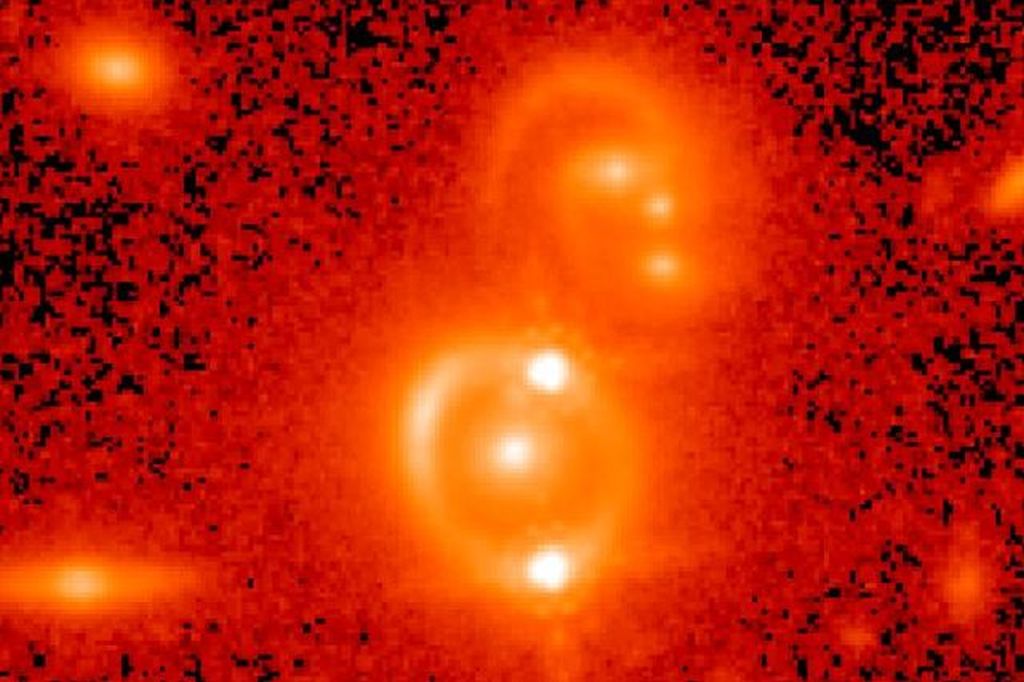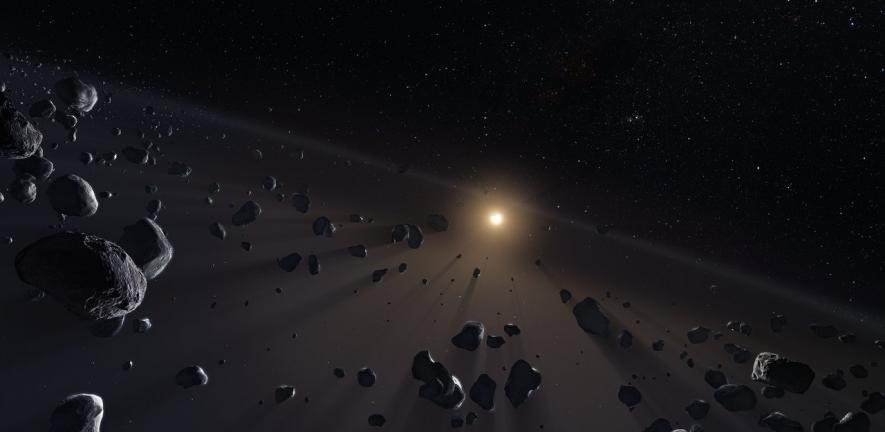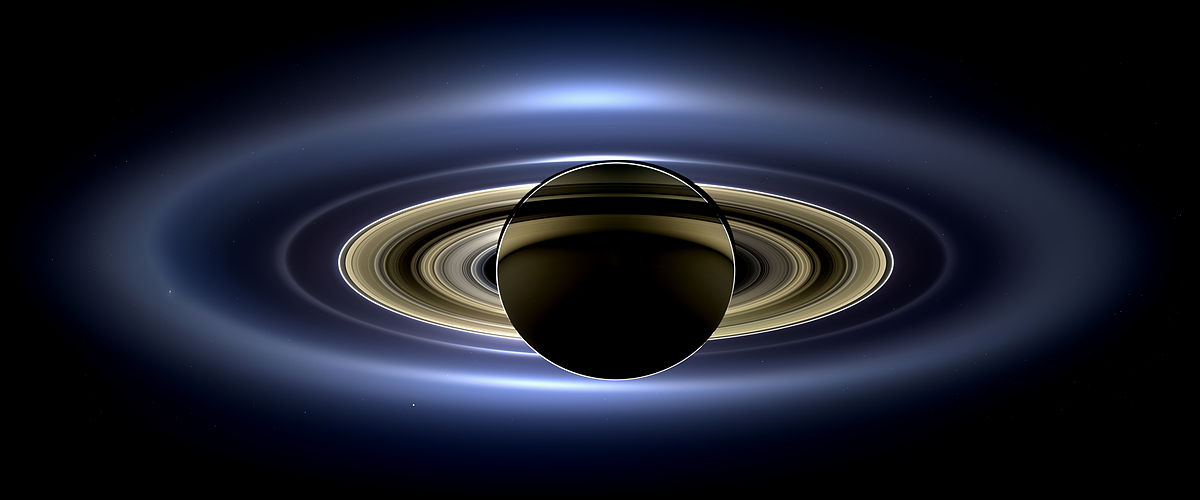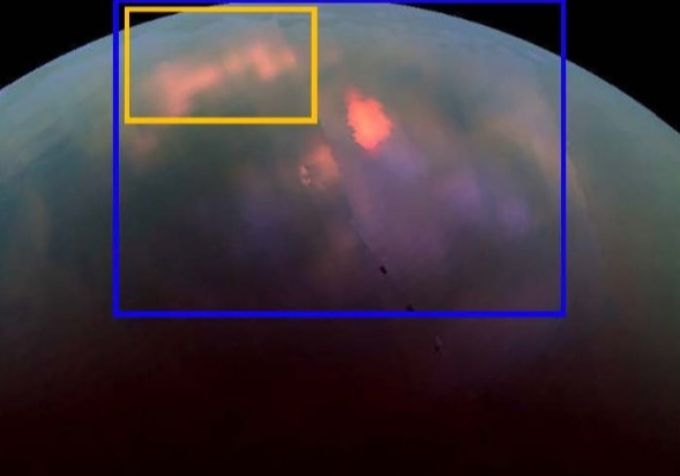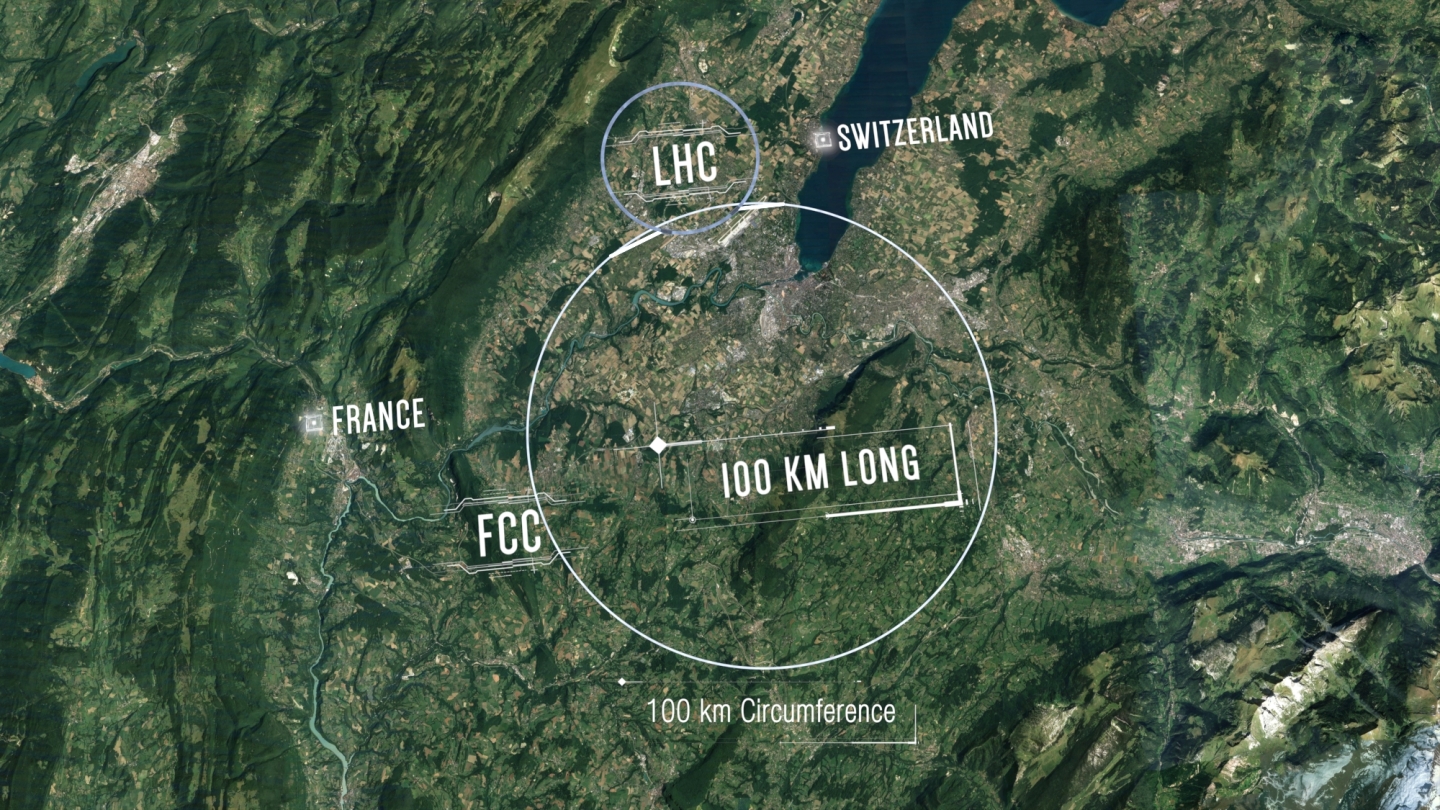The Earth wasn’t formed containing the necessary chemicals for life to begin. One well-supported theory, called the “late veneer theory”, suggests that the volatile chemicals needed for life arrived long after the Earth formed, brought here by meteorites. But a new study challenges the late veneer theory.
Evidence shows that the Moon was created when a Mars-sized planet named Theia collided with the Earth. The impact created a debris ring out of which the Moon formed. Now, this new study says that same impact may have delivered the necessary chemicals for life to the young Earth.


